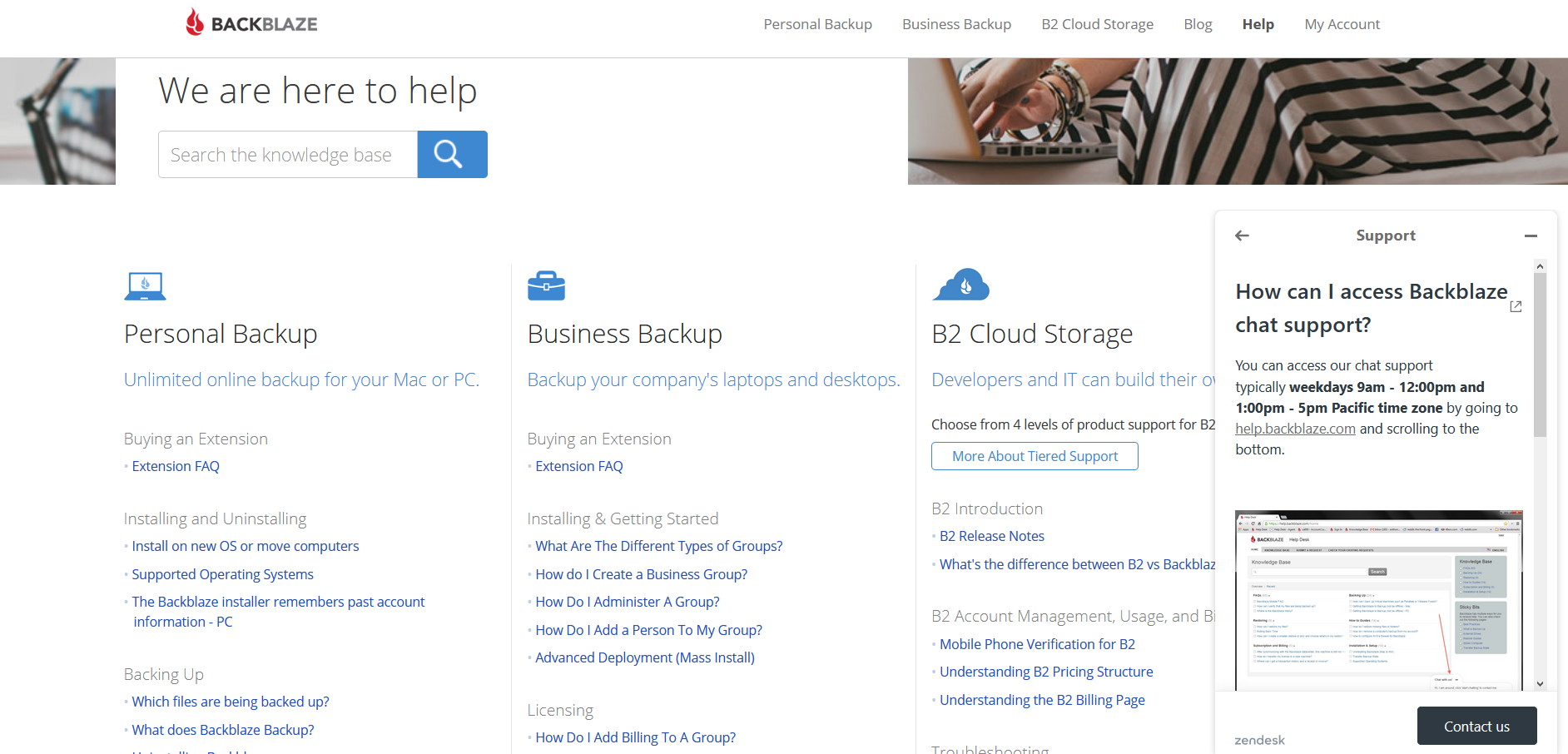

Make sure the displayed config is correct. Finally, you are asked if you want to edit the advanced config. Not hard deleting files gives you an extra layer of “safety” in case you run a sync that accidentally deletes files on the remote. I usually go with defaults by hitting enter (hard_delete: false). Application KeyĪlmost done! rclone has one more setting: Whether to delete or simply hide files on the remote. Now, do the same with the application key. Account ID or Application Key IDĮnter a string value.

Go back to your Backblaze browser tab, copy the application key id and paste it into the command line. Next, rclone asks you to select a type of storage. I usually go with something like “archive-b2”. $ rclone configĥ 15:05:07 NOTICE: Config file “/home/pi/.config/rclone/nf” not found - using defaultsĮnter a name for the new remote and hit enter. Enter “n” to create a new remote and hit enter.

Rclone will show you that can be considered the “main menu”. Step 3: Configuring rclone to access your new bucket $ rclone config Your new application key details (don’t bother to try and use these, they will be long gone before I publish this) Step 2: Create your B2 bucket you want to back up to (if you haven’t yet)Īfter signing into your Backblaze account, go to “Buckets” and then click “Create a Bucket”. Step 1: Install rclone $ curl | sudo bash It’s $0.005 per GB per month and I “knew” Backblaze from their hard drive stats, which they publish on a quarterly basis. Looking at the list of supported services, I decided to go with Backblaze’s B2 cloud storage. However, even though rlcone supports many different cloud storage services, it does not support AWS Glacier. Also, rclone supports encrypting data before uploading it to the cloud. For me, it ticked all the boxes: It is actively being developed and improved, it supports multiple concurrent transfers and it is easy to use and well documented. I somehow became aware of rclone, another command line tool that claims to be the “rsync for cloud storage”. I had used AWS Glacier for my backup efforts for about two years before finally get fed up with the low speeds and constant errors of the command line tool I used (“ mt-aws-glacier”).


 0 kommentar(er)
0 kommentar(er)
